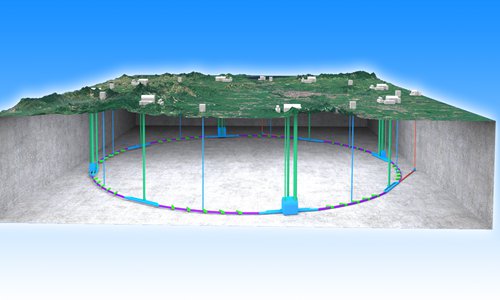Discuss general scientific developments here. (Some may be related to Sino Defence.)
I'll start:
New findings suggest laws of nature 'downright weird,' not as constant as previously thought
In a paper published in Science Advances, scientists from UNSW Sydney reported that four new measurements of light emitted from a quasar 13 billion light years away reaffirm past studies that found tiny variations in the .
UNSW Science's Professor John Webb says the fine structure constant is a measure of electromagnetism—one of the four in nature (the others are gravity, weak nuclear force and strong nuclear force).
"The fine structure constant is the quantity that physicists use as a measure of the strength of the electromagnetic force," Professor Webb says.
I'll start:
New findings suggest laws of nature 'downright weird,' not as constant as previously thought
In a paper published in Science Advances, scientists from UNSW Sydney reported that four new measurements of light emitted from a quasar 13 billion light years away reaffirm past studies that found tiny variations in the .
UNSW Science's Professor John Webb says the fine structure constant is a measure of electromagnetism—one of the four in nature (the others are gravity, weak nuclear force and strong nuclear force).
"The fine structure constant is the quantity that physicists use as a measure of the strength of the electromagnetic force," Professor Webb says.

